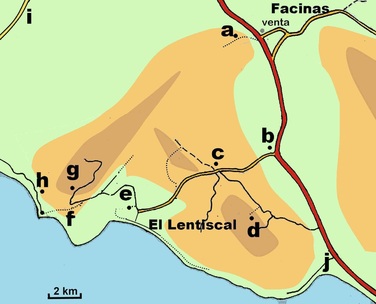
At the end of the 1960s on a ‘gap’ five weeks trip (gap years hadn’t been invented then) I got down there myself. We had no site guides nor detailed notes; just a name “Zahara de los Atunes” and the gen to ‘look in the area around the police station’. The later instruction was a bit scary as none of us had ever seen armed police before and the tricorn hated ditator supporting versions in Spain scared the whatnot out of us! Be that as it may we arrived and, without arousing any suspicions quickly saw the birds. Job done!
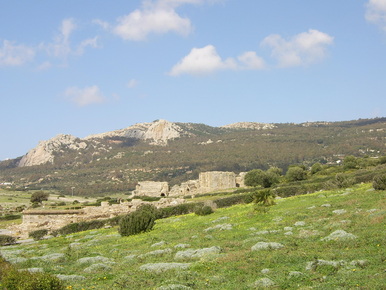
However, in 2010 the tide seems to have turned. A quick look at Zahara that May netted hour long close range views of 5-6 White-rumps. We also had both Pallid and Common Swift over the village. Nipping round to the Bolonia side of the Sierra de la Plata, I managed distant views of Little Swift over the crags. Result! Naturally, though, Alpine Swift still didn’t show! However, I later enjoyed some guilty schadenfreude when some friends went to the W-r site a few days later, at the same time of day, and saw no trace of the birds! I now have a better site to see Little Swift, but it still rankles that I’ve not seen all five species at the same site!
There are a lot of other reasons to visit the Bolonia area though. It has a good mix of birds since it has a good range of habitats including shoreline, woodland, old olive groves, scrub, poor agricultural land, rocky crags. Not only that, but it is also on a migration route for raptors and has Rufous Bushchat locally. Rufous Bushchat has declined sharply in southern Spain and can now be very hard to locate. Familiarising yourself with the song can help enormously. Exploring this area on foot is made easier by a number of good footpaths. The local information centre (near La Pena on the Tarifa road has excellent leaflets and many are shown on notice boards. Many are detailed on an excellent new leaflet (see - http://adsise.com/).
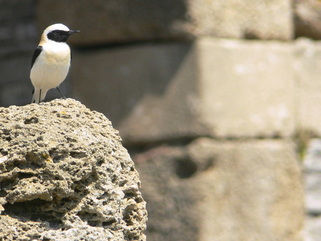
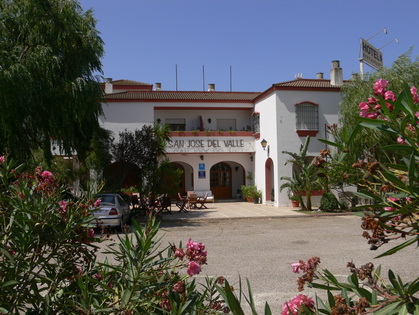
Continuing up the road you reach the Sierra de la Plata where, along the road a little further, there’s a small pull-in opposite a craggy cliff face pierced by a small cave (g). This is a classic site for White-rumped Swift and, in recent years, Little Swift. Mornings and late evenings are usually best for these rare swifts, but the truth is that they can be very elusive and you need luck to get them on your first visit. (That said, some people have seen them easily here as well along the small stream the discharges into the bay). However, your wait can be enlivened by Egyptian Vulture, Griffon Vulture (which nest on the rock face above the road), Crag Martin, Blue Rock Thrush, Rock Bunting, Golden Oriole and, in season, passing raptors (Lanner have been seen here). Further up the road the woods can be worth investigating for butterflies (e.g. Two-tailed Pasha).
For more details of this area see 'MyTop Five Sites' and my site notes ..... but this blog has the photos!
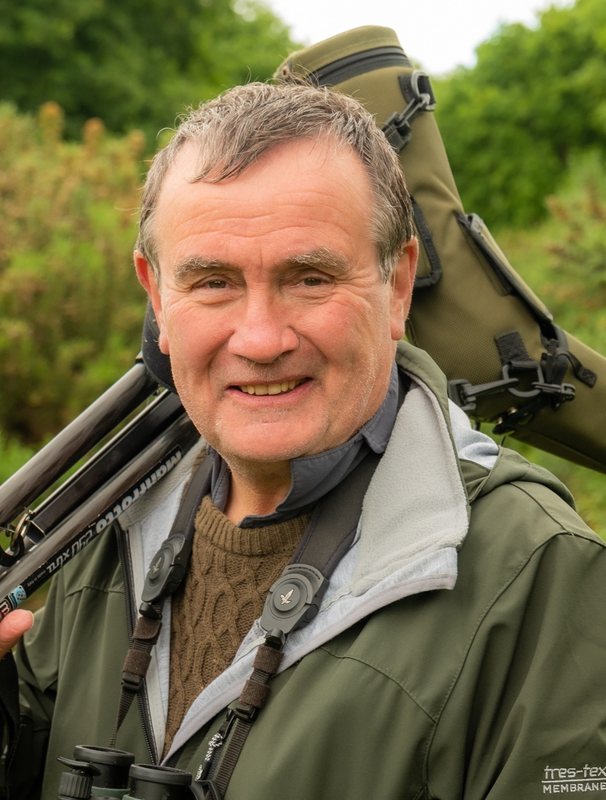
 RSS Feed
RSS Feed
